Home>diy>Building & Construction>What Contributes More To GDP: Building A 10 Bedroom Mansion Or 3 Bedroom Home?
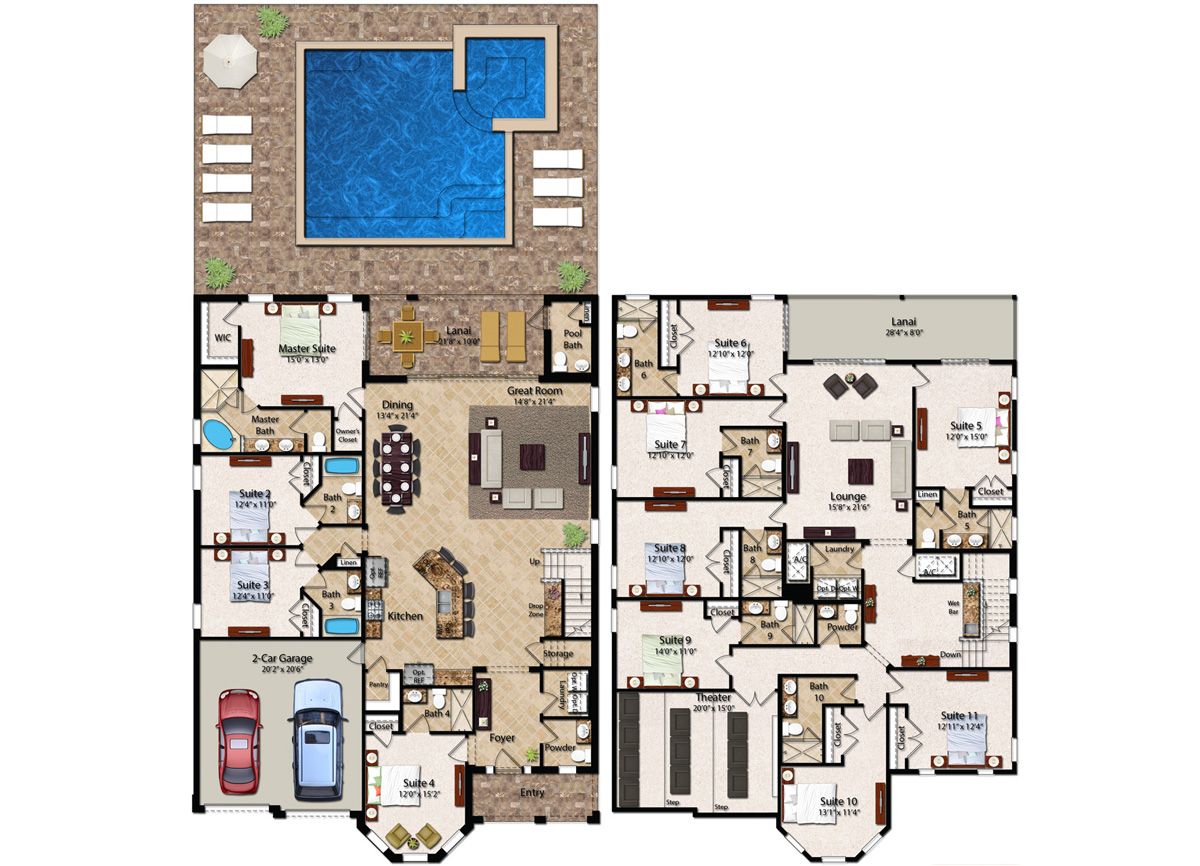

Building & Construction
What Contributes More To GDP: Building A 10 Bedroom Mansion Or 3 Bedroom Home?
Modified: December 7, 2023
Discover the impact of building construction on GDP. Compare the contribution of constructing a 10-bedroom mansion versus a 3-bedroom home.
(Many of the links in this article redirect to a specific reviewed product. Your purchase of these products through affiliate links helps to generate commission for Storables.com, at no extra cost. Learn more)
Introduction
Building construction is a crucial component of any economy, with the potential to significantly contribute to the Gross Domestic Product (GDP) of a country. It encompasses the creation of residential, commercial, and industrial structures, providing employment opportunities and generating revenue. However, when it comes to determining the impact on GDP, the size and scale of the construction project matter.
GDP refers to the total value of goods and services produced within a country over a specific period. It serves as a measure of economic growth and is influenced by various factors, including consumption, investment, government spending, and net exports. The construction industry plays a vital role in driving economic growth and development, as it not only creates infrastructure but also stimulates demand across different sectors.
In this article, we will explore the contribution of the construction industry to GDP and delve into the implications of building a 10 bedroom mansion versus a 3 bedroom home. By examining the advantages and disadvantages of each scenario, we can better understand how different construction projects impact the economy.
Key Takeaways:
- Building a 10 bedroom mansion can significantly boost GDP through higher construction expenditure, employment generation, and a substantial multiplier effect, stimulating various sectors of the economy.
- While a 3 bedroom home offers cost-efficiency and affordability, its impact on GDP is more modest compared to a 10 bedroom mansion, contributing to GDP through construction spending, employment, and market activity.
Definition of GDP
Gross Domestic Product (GDP) is a macroeconomic indicator that measures the total value of all goods and services produced within a country in a given period, typically a year. It provides a snapshot of the economic performance and size of a nation’s economy. GDP is widely used as a key measure of economic growth and is crucial for policymakers, investors, and economists to assess the health and trajectory of an economy.
The calculation of GDP involves aggregating the value of all final goods and services produced in various sectors, including agriculture, industry, and services. To avoid double-counting, only the final goods and services are considered, excluding intermediate goods used in the production process.
GDP can be measured in three different ways: through the production approach, the expenditure approach, or the income approach. The production approach calculates GDP by summing the value-added at each stage of production. The expenditure approach measures GDP by summing the total spending on goods and services by households, businesses, the government, and net exports. The income approach adds up the income earned by individuals and businesses in a country, including wages, profits, and rent.
GDP is often adjusted for inflation to account for changes in the general price level. This adjusted measure is called real GDP and provides a more accurate representation of economic growth over time. Real GDP allows for comparisons between different years, whereas nominal GDP reflects current prices.
GDP is not without limitations; it does not capture certain factors such as non-market activities, the informal economy, and the sustainability of growth. Additionally, it doesn’t provide insights into income distribution or societal well-being. However, despite these limitations, GDP remains a critical indicator for gauging economic performance and comparing the relative strength of different economies.
Factors Affecting GDP
Gross Domestic Product (GDP) is influenced by a wide range of factors that contribute to economic growth and development. Understanding these factors is essential for policymakers, economists, and investors to analyze and forecast changes in the economy. Here are some key factors that can have an impact on GDP:
- Consumption: Household consumption expenditure plays a significant role in driving economic growth. As consumers spend more on goods and services, it leads to an increase in demand and production, thereby boosting GDP.
- Investment: Capital investment by businesses is another crucial factor influencing GDP. When businesses invest in new infrastructure, machinery, and technology, it creates jobs, stimulates production, and drives economic growth.
- Government Spending: Government expenditure, particularly on public goods and services like infrastructure development, education, healthcare, and defense, contributes to GDP by creating employment opportunities and stimulating demand.
- Net Exports: The difference between exports and imports, known as net exports, impacts GDP. A positive net export balance indicates that a country is exporting more than it is importing, resulting in a positive contribution to GDP.
- Productivity and Efficiency: Higher levels of productivity and efficiency in the production process can lead to increased output and higher GDP. Improvements in technology, innovation, and skills can enhance productivity and drive economic growth.
- Financial and Monetary Factors: Factors such as interest rates, inflation, exchange rates, and access to credit can influence consumer and business spending decisions, ultimately impacting GDP growth.
It is important to note that these factors do not act independently but are interconnected. For example, increased government spending can stimulate consumption and investment, which in turn can impact net exports. Similarly, productivity improvements can drive investment and enhance competitiveness in international markets, leading to a positive impact on net exports.
Economies are complex systems, and the interplay of these factors can vary depending on the specific circumstances of each country. Additionally, external factors such as global economic conditions, geopolitical events, and natural disasters can also influence GDP performance.
By analyzing and understanding the various factors affecting GDP, policymakers and economists can formulate strategies to promote sustainable economic growth, create employment opportunities, and improve overall living standards for the population.
The Construction Industry’s Contribution to GDP
The construction industry plays a vital role in contributing to the Gross Domestic Product (GDP) of a country. It encompasses the planning, design, and execution of residential, commercial, and infrastructure projects, which have significant economic implications. Here are some key ways in which the construction industry contributes to GDP:
- Direct Contribution: The construction sector directly adds value to GDP through the creation of physical infrastructure. This includes the construction of houses, office buildings, roads, bridges, schools, hospitals, and other structures. The spending on construction materials, labor, and equipment contributes directly to GDP.
- Employment Generation: The construction industry is a significant source of employment, providing jobs to a diverse range of skilled and unskilled workers. From architects and engineers to carpenters and laborers, a large workforce is required to carry out construction projects. Increased construction activity leads to job creation and reduced unemployment rates, boosting consumer spending and overall economic growth.
- Multiplier Effect: The construction industry has a multiplier effect on the economy. As construction projects progress, they generate demand for various goods and services. For example, the construction of a new residential complex requires inputs such as building materials, furniture, appliances, and utilities. This stimulates production in other industries, leading to increased economic activity and higher GDP.
- Infrastructure Development: The construction of infrastructure projects, such as roads, bridges, airports, and ports, enhances the connectivity and efficiency of a country’s transportation and logistics systems. This, in turn, facilitates trade, reduces transportation costs, and attracts investments, all of which contribute to economic growth and GDP.
- Real Estate Industry: The construction of residential and commercial real estate projects has a significant impact on GDP. The sale and rental of properties generate revenue, while the related industries, such as real estate agencies, property management, and housing finance, contribute to employment and economic activity.
It is worth noting that the construction industry’s contribution to GDP can vary from country to country, depending on the level of infrastructure development, urbanization, and government spending priorities. In some emerging economies, the construction sector can be a major driver of growth, while in developed countries, it plays a crucial role in maintaining and upgrading existing infrastructure.
As economies continue to develop, the construction industry will remain an essential driver of economic growth. The sector’s contribution to GDP extends beyond the direct value of construction projects, encompassing employment generation, multiplier effects, and infrastructure development. Recognizing the significance of the construction industry and ensuring its sustained growth can have long-lasting positive impacts on a country’s overall economic performance.
Building a 10 bedroom mansion contributes more to GDP than a 3 bedroom home, as it requires more materials, labor, and resources, leading to a higher economic impact.
Advantages and Disadvantages of Building a 10 Bedroom Mansion
Building a 10 bedroom mansion can have several advantages and disadvantages. Let’s explore the potential benefits as well as the drawbacks of undertaking such a construction project:
- Spacious Living: One of the main advantages of a 10 bedroom mansion is the ample space it provides. The extra rooms offer flexibility for various purposes such as guest rooms, home offices, recreational areas, or even rental opportunities.
- Prestige and Luxury: A large mansion with 10 bedrooms can provide a sense of prestige and luxury. It can be seen as a symbol of success and affluence, offering a high-end living environment.
- Increased Property Value: Generally, larger properties have a higher market value. Building a 10 bedroom mansion can potentially increase the value of the property, which may prove beneficial for resale or as an investment.
- Entertainment and Hosting: With more rooms available, a 10 bedroom mansion can offer ample space for hosting guests and social gatherings. Whether it’s family events or parties, the mansion can accommodate larger groups comfortably.
- Potential Income Generation: The extra rooms in a 10 bedroom mansion can be utilized for generating income. It could be through long-term rentals, short-term vacation rentals, or even setting up a home-based business.
While building a 10 bedroom mansion has its advantages, there are also some potential disadvantages to consider:
- Higher Construction Costs: Building a large mansion with multiple bedrooms can significantly increase construction costs. The larger the structure, the greater the expenditure on materials, labor, and design.
- Increased Maintenance and Upkeep: A 10 bedroom mansion requires more maintenance and regular upkeep compared to a smaller property. This includes cleaning, repairs, landscaping, and utility expenses, which can be time-consuming and costly.
- Higher Property Taxes: A larger property with more rooms typically attracts higher property taxes. It’s essential to consider the ongoing tax obligations and potential financial implications.
- Energy Consumption: Heating, cooling, and overall energy consumption can be higher in a 10 bedroom mansion due to the larger square footage. It’s important to factor in the environmental impact and cost of utilities.
- Usage Limitations: Not all rooms may be utilized to their full potential on a regular basis. Some of the bedrooms may remain unoccupied for most of the time, leading to underutilization of space.
When deciding whether to build a 10 bedroom mansion, it’s crucial to carefully consider the advantages and disadvantages. Factors like budget, lifestyle, property market, and personal preferences should be taken into account to make an informed decision that aligns with your needs and goals.
Advantages and Disadvantages of Building a 3 Bedroom Home
Building a 3 bedroom home offers several advantages and disadvantages. Let’s explore the potential benefits as well as the drawbacks of undertaking such a construction project:
- Cost-Efficient: One of the main advantages of building a 3 bedroom home is that it tends to be more cost-efficient compared to larger constructions. The smaller size translates to lower construction costs, as well as reduced expenses for materials, labor, and maintenance.
- Energy-Efficient: A smaller home generally requires less energy for heating, cooling, and overall maintenance. This can result in lower utility bills and a reduced carbon footprint, making it an environmentally-friendly choice.
- Easy Maintenance: With fewer rooms, maintaining a 3 bedroom home is relatively easier and less time-consuming compared to larger properties. Cleaning, repairs, and general upkeep are generally more manageable.
- Affordable for Most Buyers: A 3 bedroom home is often more affordable for first-time homebuyers or those with a limited budget. It offers a practical option for individuals and families looking to enter the property market without the financial strain of a larger home.
- Flexible Use of Space: Although smaller in size, a 3 bedroom home still provides flexibility in terms of room usage. Besides bedrooms, the extra space can be used as a home office, a guest room, a playroom, or a storage area.
While building a 3 bedroom home has its advantages, there are also potential disadvantages to consider:
- Limited Space: One of the main drawbacks of a 3 bedroom home is the limited space available. It may not be suitable for larger families or individuals who require additional room for various purposes such as a home gym or a dedicated entertainment area.
- Resale Value: Generally, smaller properties tend to have a lower resale value compared to larger homes. This can affect the potential return on investment if the property is sold in the future.
- Less Privacy: With fewer rooms, it may be challenging to create separate and private spaces within a 3 bedroom home. This can be a drawback, especially for families or individuals who prioritize privacy and personal space.
- Limited Room for Guests: Hosting guests can be more challenging in a smaller home. The limited number of bedrooms may not provide sufficient space for accommodating guests comfortably, especially for extended visits.
- Future Expansion Needs: It’s important to consider future needs when building a 3 bedroom home. If there’s a possibility of expanding the family or requiring additional space in the future, it’s essential to plan accordingly to avoid the need for costly renovations or relocations.
When deciding whether to build a 3 bedroom home, it’s important to carefully consider the advantages and disadvantages. Factors such as budget, lifestyle, future needs, and personal preferences should be taken into account to make an informed decision that aligns with your requirements and long-term goals.
Comparison of the Impact on GDP
When assessing the impact on Gross Domestic Product (GDP), building a 10 bedroom mansion and a 3 bedroom home will have different effects due to varying factors. Here is a comparison of their potential impacts on GDP:
- Construction Expenditure: Building a 10 bedroom mansion requires a larger construction expenditure compared to a 3 bedroom home. The higher spending on materials, labor, and design for the mansion would have a greater direct contribution to GDP, as more money flows into the construction industry and related sectors.
- Employment Generation: Both construction projects would generate employment opportunities. However, building a 10 bedroom mansion would require a larger workforce due to the size and complexity of the project. This would contribute to increased employment, leading to more consumer spending and a positive impact on the overall economy.
- Multiplier Effect: The construction of either a 10 bedroom mansion or a 3 bedroom home would have a multiplier effect on the economy. Both projects would create demand for various goods and services, leading to increased economic activity. However, given the larger size and scope of a mansion, its multiplier effect would likely be more significant, stimulating additional sectors such as interior design, furniture, appliances, and landscaping.
- Property Value and Real Estate Market: Building a 10 bedroom mansion has the potential to increase property value and market activity. The higher market value of the mansion would contribute to wealth creation and wealth effect, positively impacting consumer spending. On the other hand, a 3 bedroom home, although more affordable, would have a relatively smaller impact on the property market. However, it could still contribute to housing sales and related real estate transactions.
- Energy Consumption and Efficiency: The energy consumption of a 10 bedroom mansion would likely be higher than that of a 3 bedroom home due to its larger footprint. This increased energy consumption could have both economic and environmental implications. Energy expenses would contribute to GDP, but there may be a negative environmental impact if renewable energy sources are not utilized or energy-efficient measures are not implemented.
It’s important to note that these impacts are not mutually exclusive, and various factors can influence the overall effect on GDP. The specific context of each construction project, such as location, market demand, and government policies, can also play a role in determining the extent of their impact on GDP.
Ultimately, the contribution to GDP depends on the overall economic environment, the scale of the construction projects, and their ripple effects throughout the economy. Both building a 10 bedroom mansion and a 3 bedroom home have the potential to contribute positively to GDP, with the mansion project likely having a larger direct and indirect impact due to its larger scale and higher expenditure.
Conclusion
Building construction has a significant impact on Gross Domestic Product (GDP) and plays a crucial role in driving economic growth. Whether it’s a 10 bedroom mansion or a 3 bedroom home, each construction project has its own advantages and disadvantages that contribute to the overall economy in different ways.
A 10 bedroom mansion offers spacious living, prestige, and potential income generation. It can boost property value, provide ample room for hosting guests, and create a sense of luxury. However, building such a mansion comes with higher construction costs, increased maintenance, and energy consumption. It may also have limited utilization and higher property taxes.
In contrast, a 3 bedroom home offers cost-efficiency, easy maintenance, and affordability. It is suitable for individuals and families on a budget and requires less energy consumption. Nevertheless, it may have limited space, lower resale value, and potential limitations in terms of privacy and hosting guests.
When comparing the impact on GDP, building a 10 bedroom mansion has a greater potential contribution. The higher construction expenditure, employment generation, and multiplier effect can stimulate various sectors of the economy. On the other hand, a 3 bedroom home has a more modest impact but still contributes to GDP through construction spending, employment, and market activity.
Ultimately, the decision to build a 10 bedroom mansion or a 3 bedroom home depends on individual circumstances, preferences, and financial considerations. It is essential to carefully evaluate the advantages, disadvantages, and potential impacts on GDP. Factors such as budget, lifestyle, property market, and future needs should be taken into account before embarking on a construction project.
Regardless of the choice, the construction industry will continue to play a vital role in contributing to GDP and driving economic growth. With careful planning, sustainable practices, and strategic investments, construction projects can create employment opportunities, stimulate economic activity, and improve the overall living standards for the population.
Frequently Asked Questions about What Contributes More To GDP: Building A 10 Bedroom Mansion Or 3 Bedroom Home?
Was this page helpful?
At Storables.com, we guarantee accurate and reliable information. Our content, validated by Expert Board Contributors, is crafted following stringent Editorial Policies. We're committed to providing you with well-researched, expert-backed insights for all your informational needs.


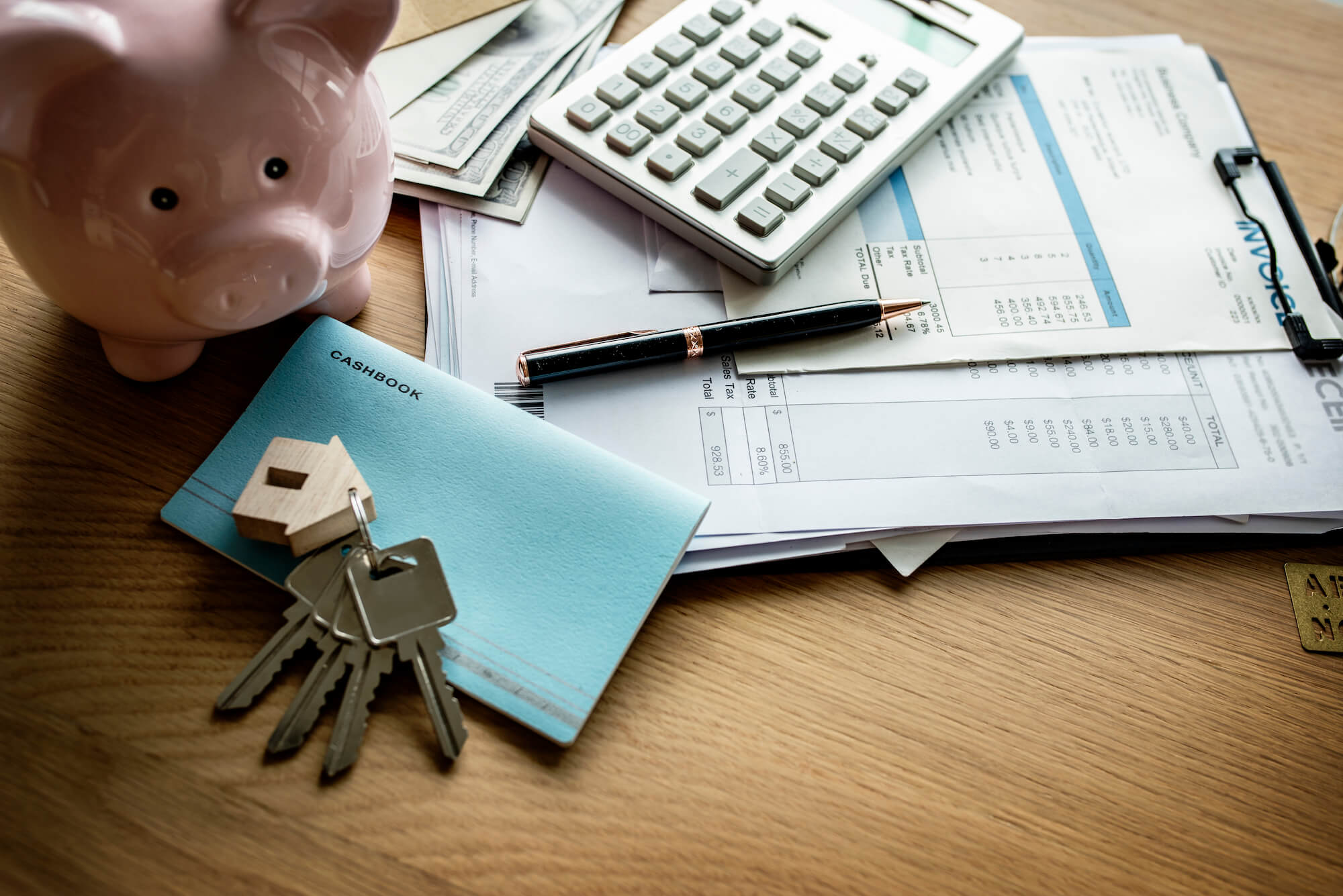
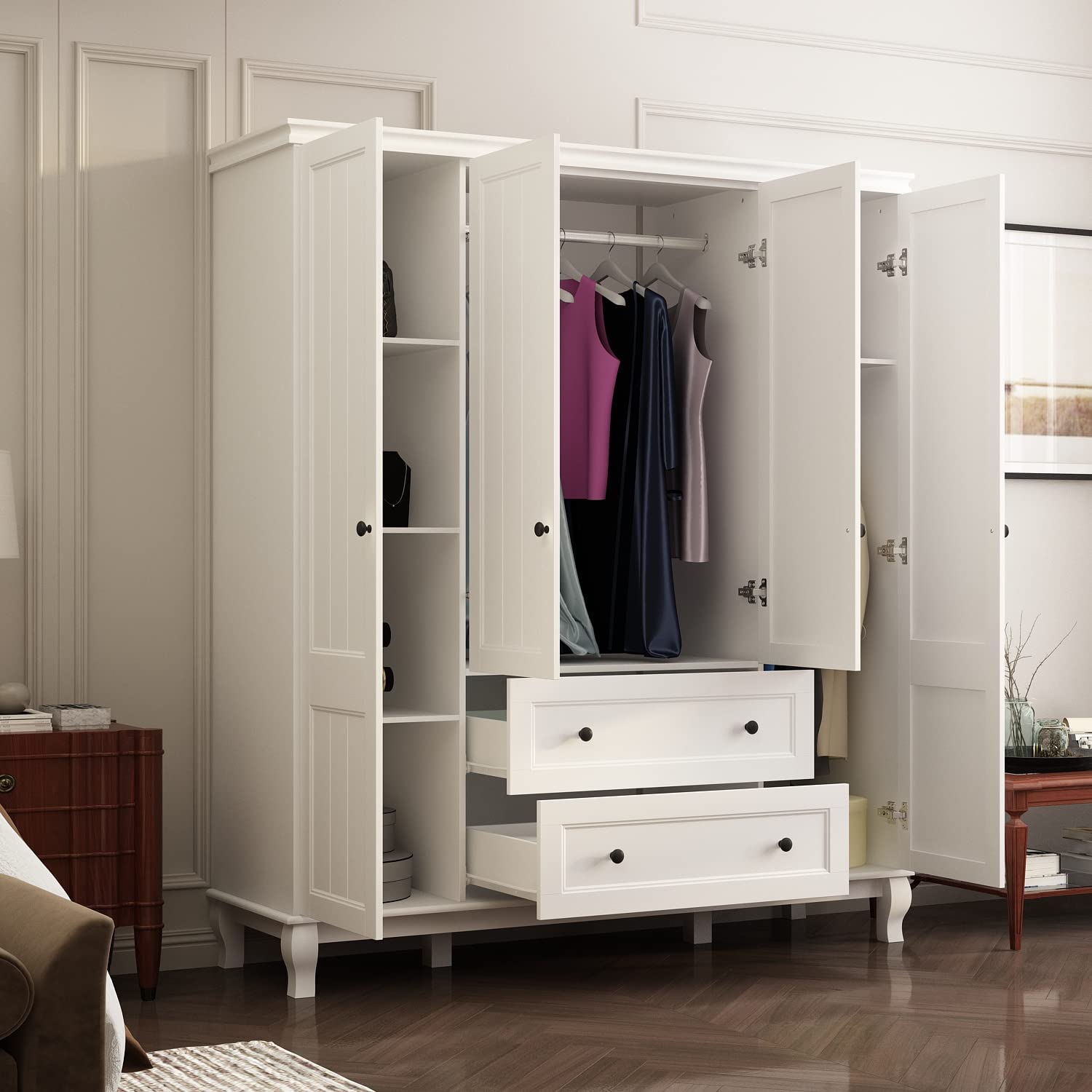
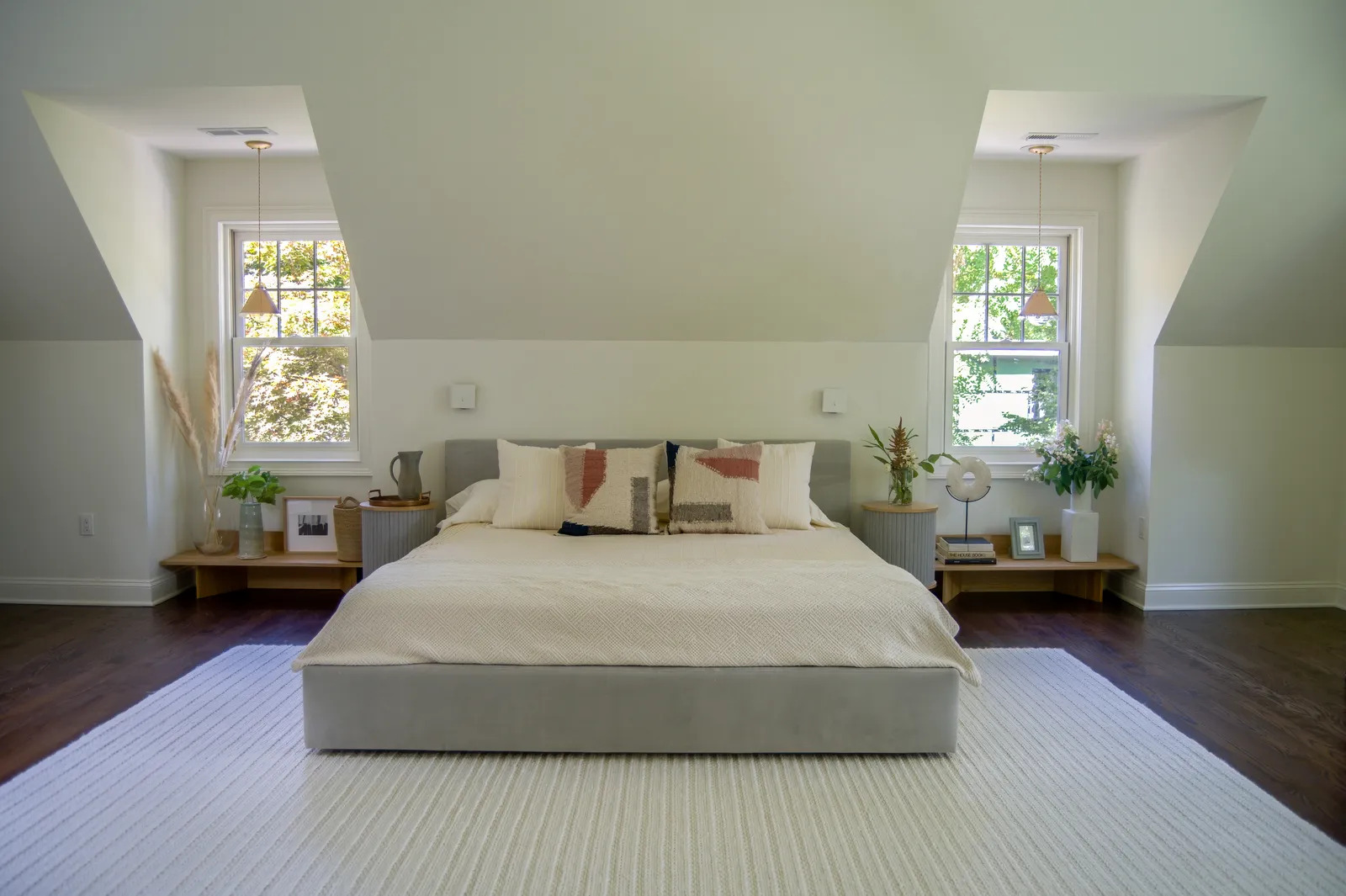
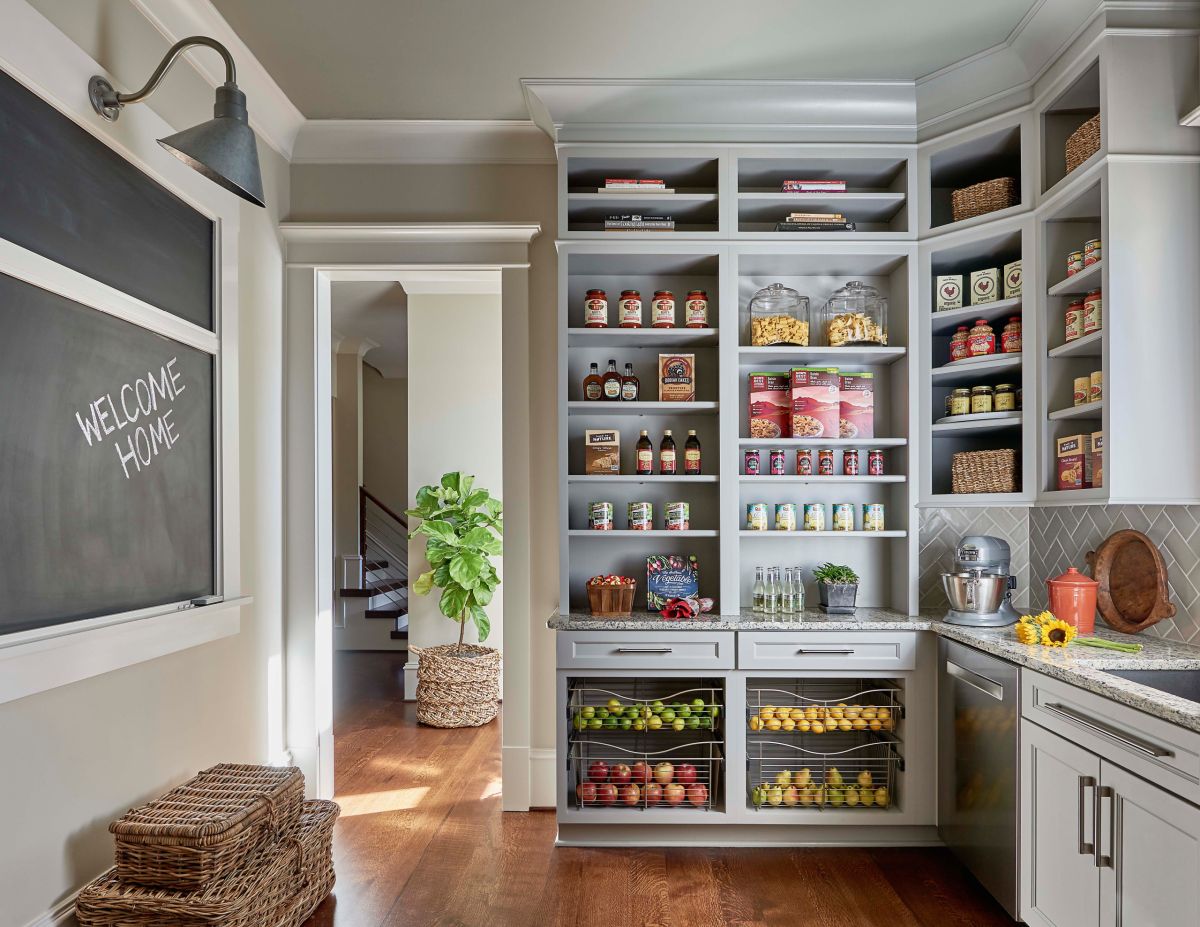
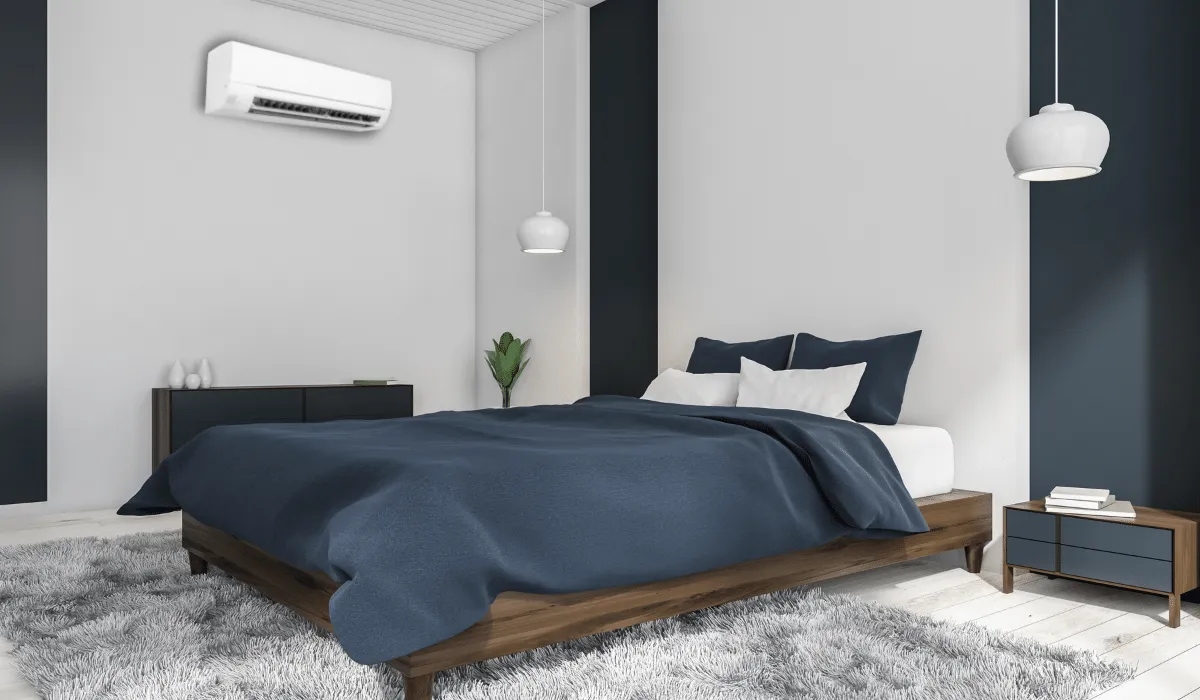
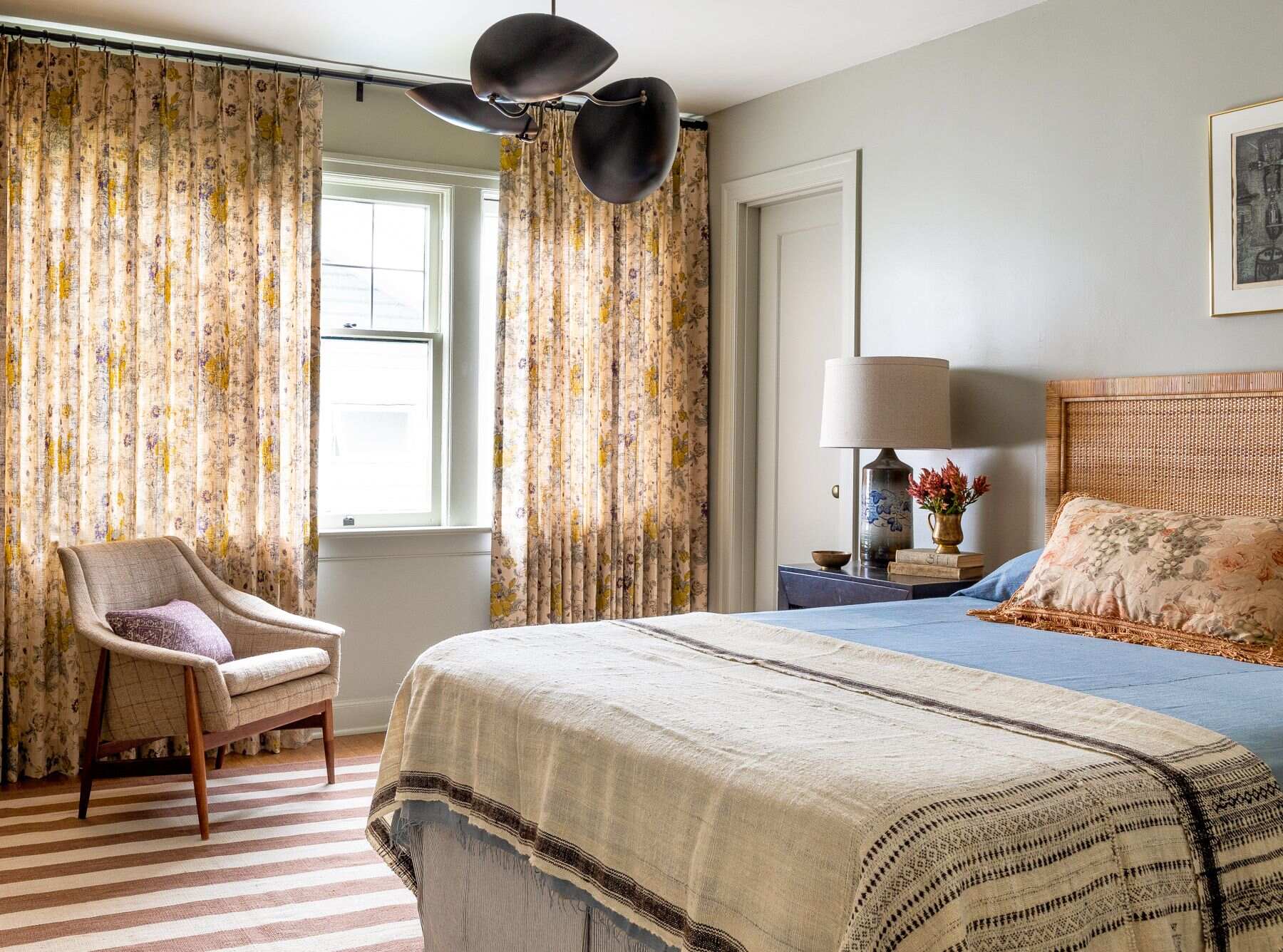


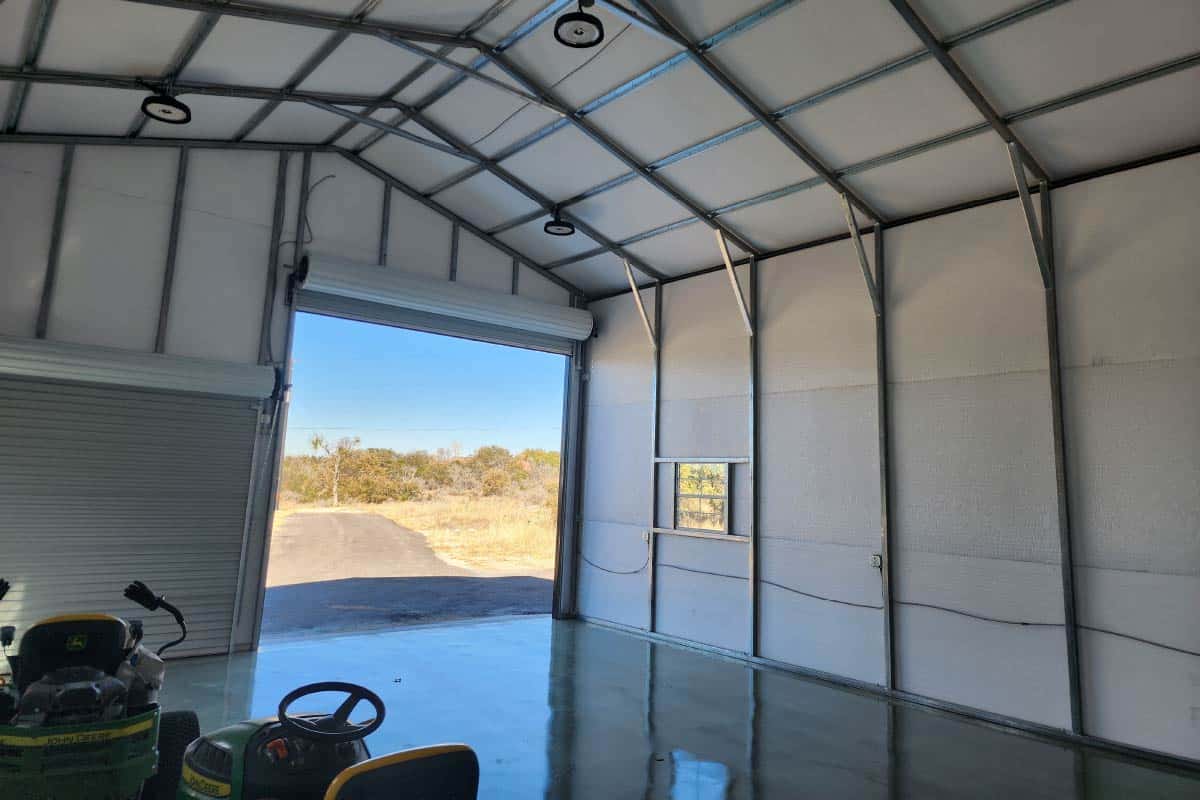
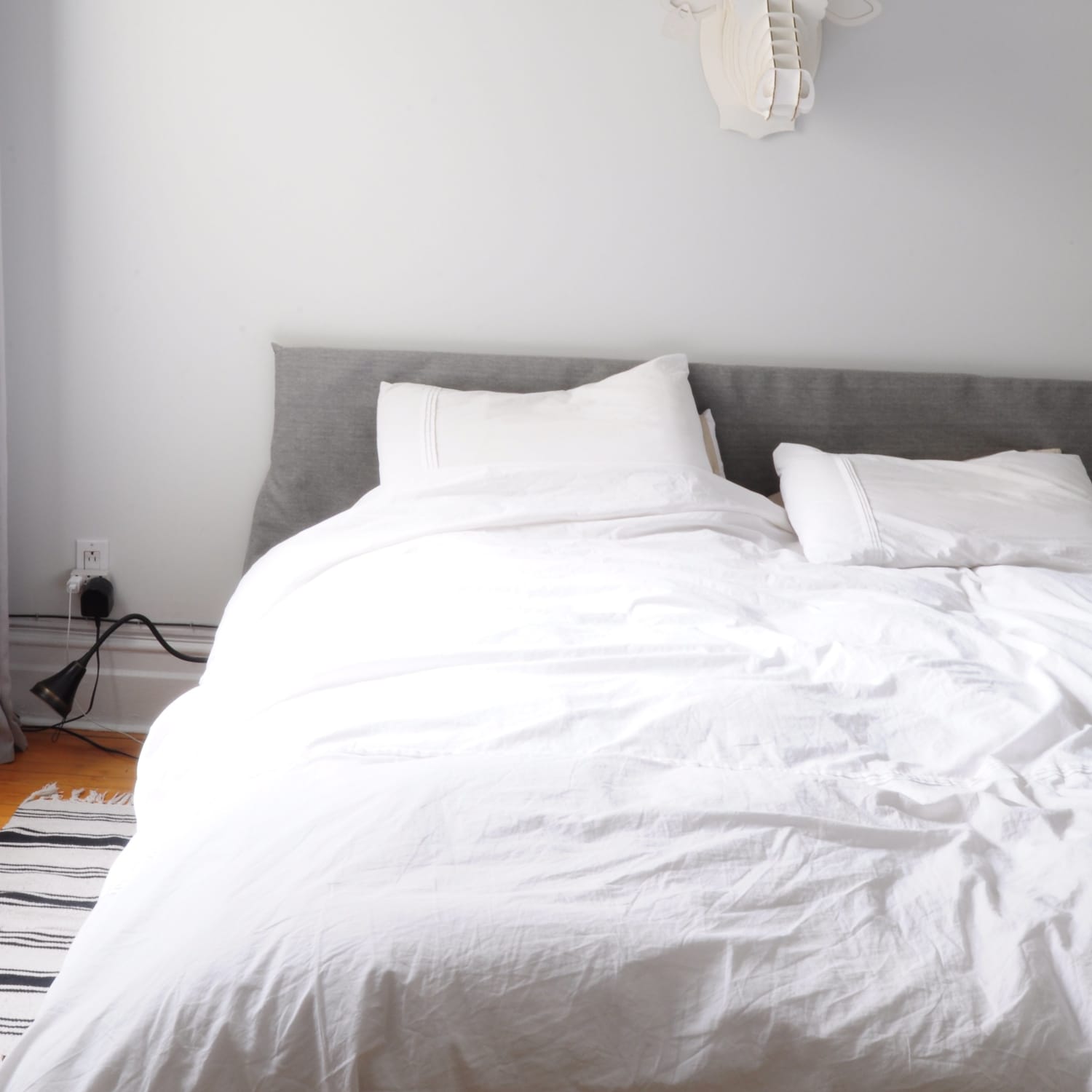

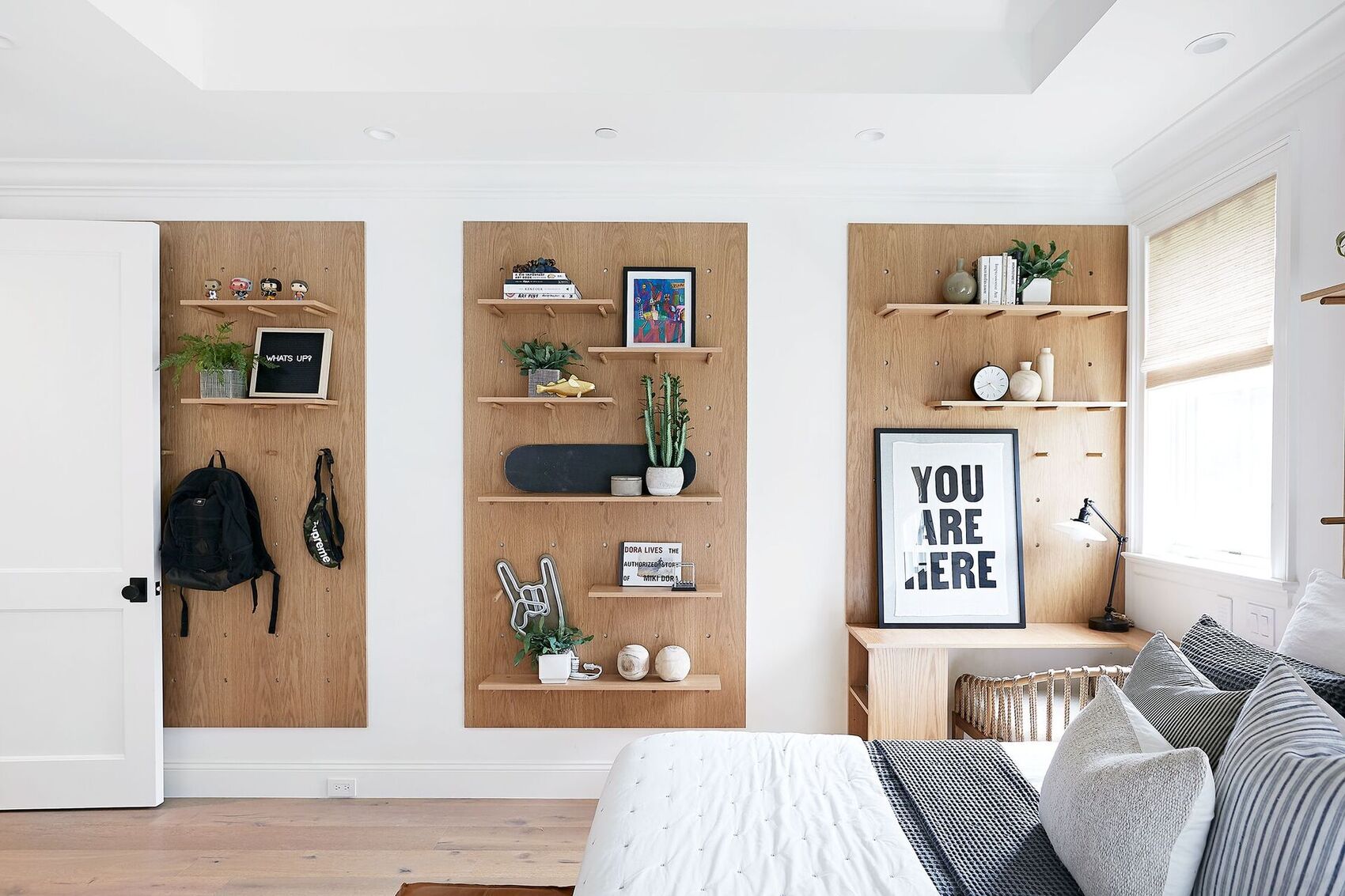

0 thoughts on “What Contributes More To GDP: Building A 10 Bedroom Mansion Or 3 Bedroom Home?”